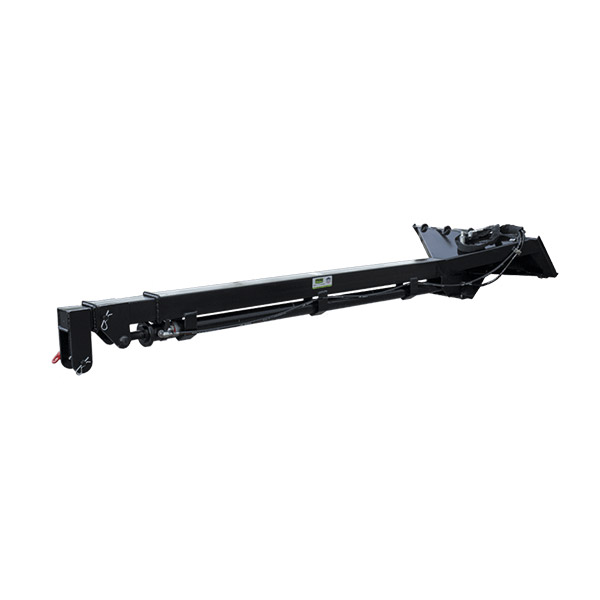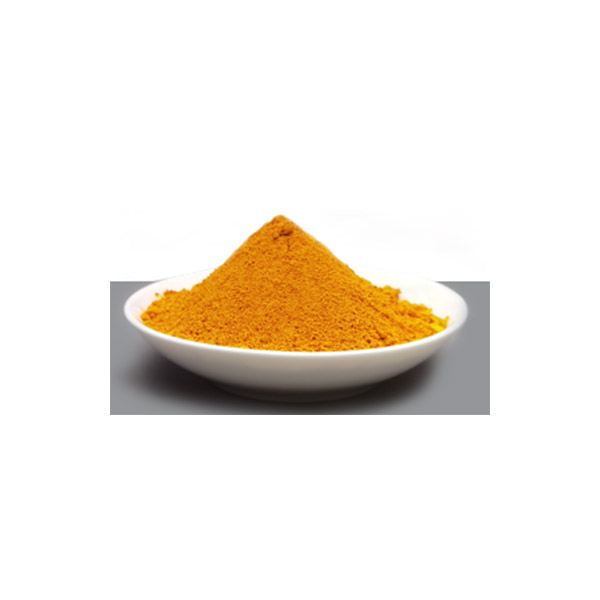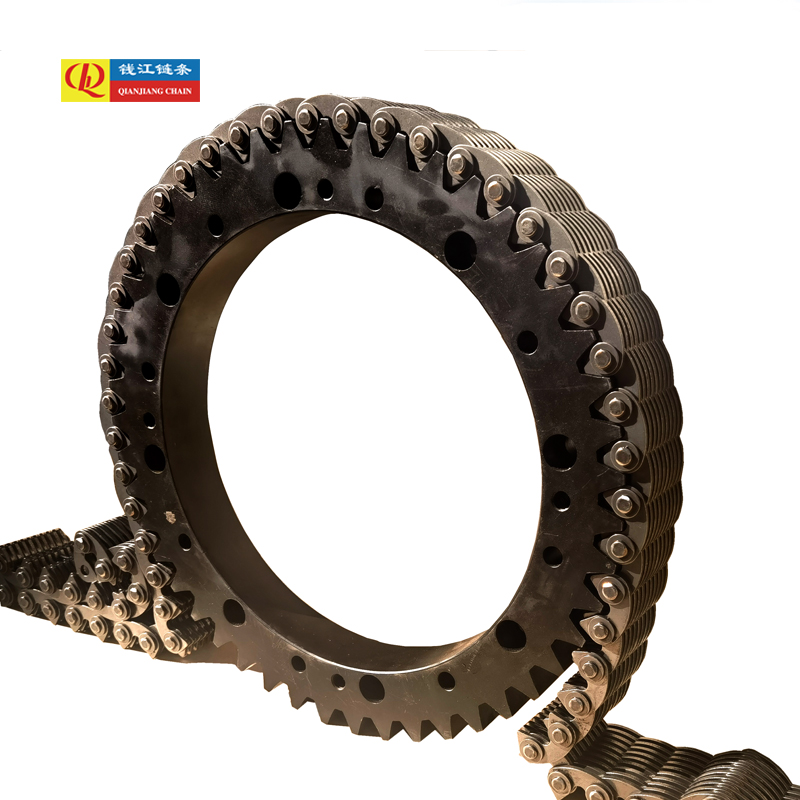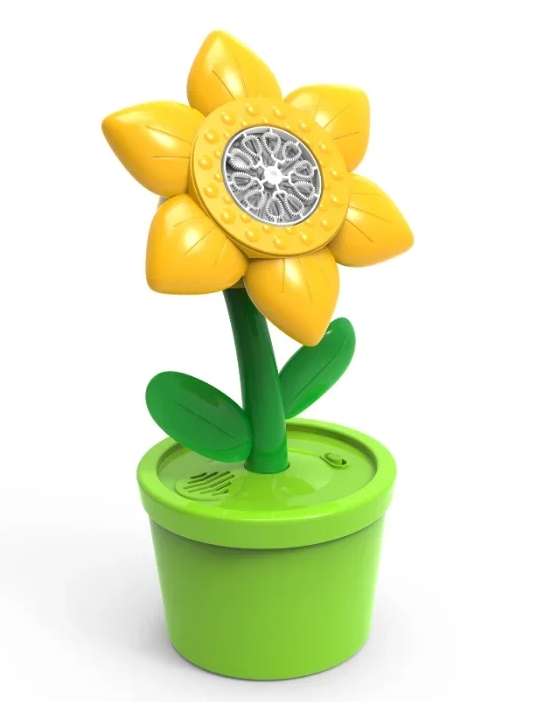In the digital age, where capturing moments has become an integral part of our lives, choosing the right camera can be a daunting task. With a plethora of options available, from compact point-and-shoots to advanced DSLRs and mirrorless systems, understanding what to consider while buying a camera is crucial for both novice and seasoned photographers. This guide delves into the essential factors to help you make an informed decision tailored to your specific needs.
- Define Your Purpose
Before diving into the technical specifications, it’s vital to clarify your primary purpose for purchasing a camera. Are you looking to capture family moments, travel photography, professional portraits, or perhaps wildlife shots? Each genre has unique requirements that can significantly influence your choice. For instance, a lightweight, compact camera may suffice for casual travel photography, while a DSLR with interchangeable lenses might be necessary for professional work.
- Sensor Size and Type
The sensor is arguably the heart of a camera, influencing image quality, depth of field, and low-light performance. Cameras typically come with three main sensor sizes: full-frame, APS-C, and Micro Four Thirds.
- Full-Frame Sensors: These are larger and generally provide superior image quality, better low-light performance, and a wider dynamic range. They are ideal for professional photographers but come at a higher price point.
- APS-C Sensors: These are a popular choice for enthusiasts, offering a good balance between size, weight, and image quality. They are versatile for various photography styles.
- Micro Four Thirds Sensors: Smaller sensors that allow for more compact camera designs. While they may not perform as well in low light, they are excellent for travel due to their lightweight nature.
- Megapixels Matter, But Not as Much as You Think
While megapixels are often touted as a key specification, they are not the sole determinant of image quality. A higher megapixel count allows for larger prints and more cropping flexibility, but other factors such as sensor quality, lens sharpness, and image processing capabilities play a more significant role. For most users, a camera with 16-24 megapixels is more than sufficient for high-quality prints and online sharing.
- Lens Compatibility and Options
The lens you choose can dramatically affect your photography. When selecting a camera, consider the availability and variety of lenses compatible with the system.
- Interchangeable Lenses: If you opt for a DSLR or mirrorless camera, the ability to swap lenses opens up a world of creative possibilities. Wide-angle lenses are great for landscapes, while telephoto lenses excel in wildlife photography.
- Fixed Lenses: Point-and-shoot cameras often come with fixed lenses. While they are convenient, they limit your creative options. However, some high-end compact cameras offer exceptional lens quality that can rival interchangeable systems.
- Ergonomics and Usability
A camera’s design and ergonomics can significantly affect your shooting experience. When testing cameras, pay attention to how they feel in your hands. Consider the following:
- Weight and Size: If you plan to carry your camera for extended periods, a lightweight model may be preferable. Conversely, a heavier camera might offer better stability for certain types of photography.
- Button Layout and Menu Systems: Familiarize yourself with the camera’s controls. A user-friendly interface can enhance your shooting experience, allowing you to focus on creativity rather than fumbling with settings.
- Autofocus System
A robust autofocus system is crucial, especially for action and wildlife photography. Look for cameras with fast and accurate autofocus capabilities, including features like face detection and tracking. Mirrorless cameras often have superior autofocus systems due to their on-sensor phase detection technology, making them a popular choice for dynamic shooting scenarios.
- Video Capabilities
In today’s multimedia landscape, many photographers also seek video functionality in their cameras. If you plan to shoot video, consider the following:
- Resolution: Look for cameras that offer at least 1080p resolution, with 4K becoming increasingly standard for high-quality video.
- Frame Rates: Higher frame rates allow for smoother motion capture and slow-motion effects.
- Audio Inputs: If audio quality is essential, consider cameras with external microphone inputs for better sound recording.
- Budget Considerations
Cameras come in a wide range of prices, and it’s essential to set a budget that aligns with your needs. Remember to factor in additional costs such as lenses, memory cards, and accessories. While it may be tempting to opt for the latest model, consider purchasing a slightly older version or a refurbished camera to save money without sacrificing quality.
- Research and Reviews
Before making a final decision, conduct thorough research. Read reviews from reputable sources, watch comparison videos, and seek opinions from fellow photographers. Hands-on testing at a local camera store can also provide valuable insights into how a camera feels and performs in real-world conditions.
Conclusion
Choosing the right camera involves careful consideration of various factors, from your specific photography needs to the technical specifications of the camera itself. By defining your purpose, understanding sensor types, evaluating lens options, and considering ergonomics, you can make an informed decision that enhances your photography journey. Remember, the best camera is the one that fits your style and inspires you to capture the world around you. Happy shooting!









+ There are no comments
Add yours